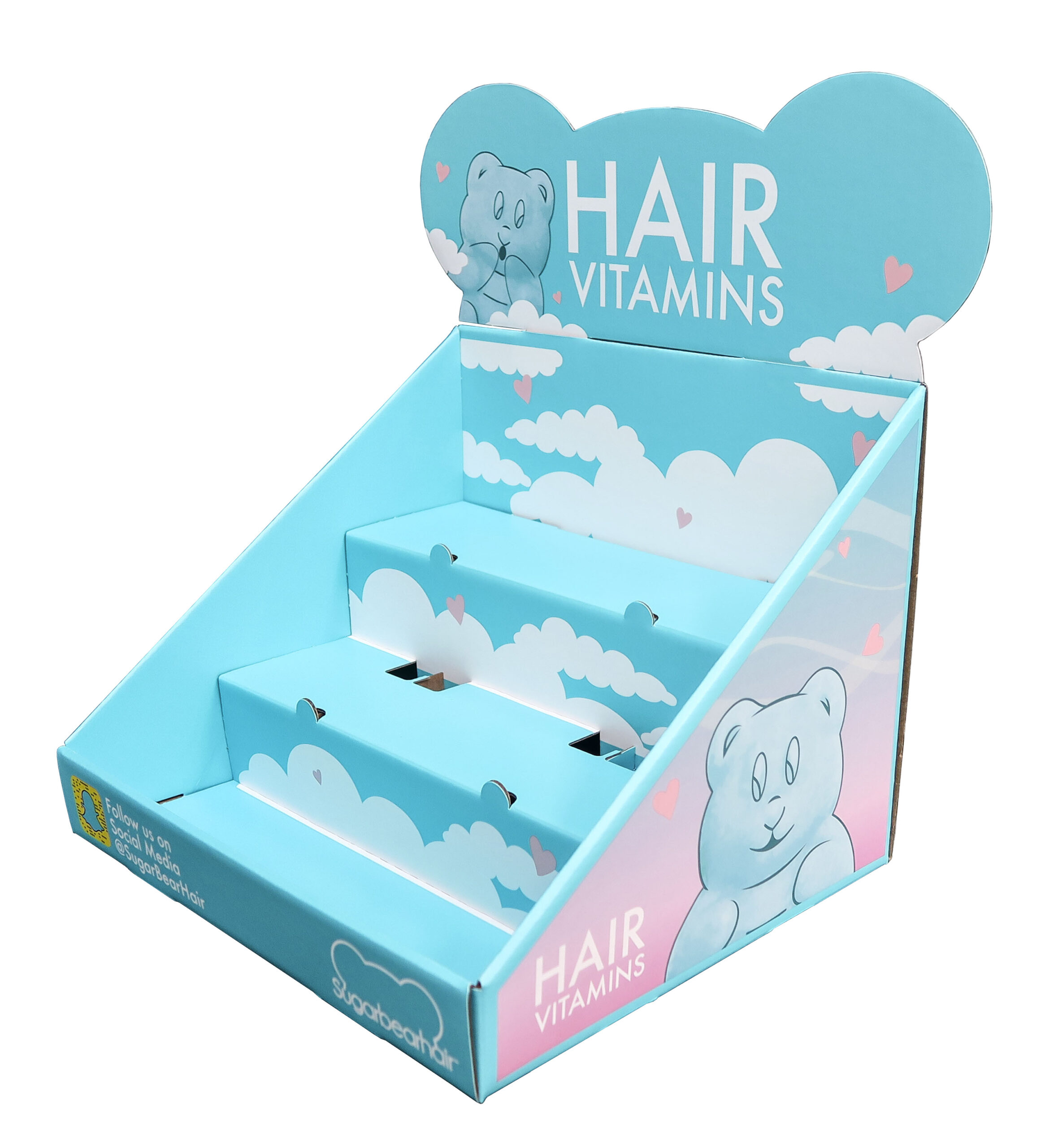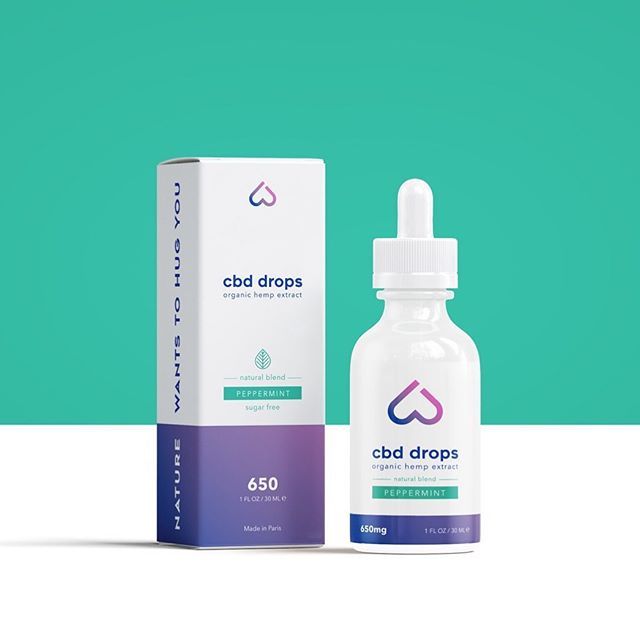Introduction
In WooCommerce, the default product page structure includes three standard tabs:
- Description: Displays the main product details.
- Additional Information: Shows product attributes like weight, dimensions, or variations.
- Reviews: Lists customer reviews and ratings.
While these tabs are useful, they may not always be enough. Custom product tabs allow you to provide more details, improving the shopping experience and helping customers make informed purchase decisions.
With WooCommerce Custom Product Tabs, you can:
- Add extra tabs for specifications, FAQs, shipping policies, or warranty details.
- Display unique content for each product or category.
- Improve product page organization and readability.
- Enhance SEO by including more relevant content.
This guide will cover:
- Why adding custom product tabs is beneficial.
- How to create custom WooCommerce product tabs.
- Best practices for using product tabs effectively.
Why Add Custom Product Tabs in WooCommerce?
1. Provide Detailed Product Information
Some products require more details than the standard WooCommerce tabs can provide. Adding custom tabs lets you include:
- Technical specifications (e.g., material, battery life, power consumption).
- User manuals or setup guides.
- Ingredients for food, supplements, or beauty products.
2. Improve Product Page Organization
Without custom tabs, product pages can become cluttered. Instead of putting all details in a long description, you can split information into organized tabs such as:
- Features
- Warranty & Returns
- Customer Support
This makes it easier for customers to find the information they need quickly.
3. Increase Customer Trust and Sales
Customers are more likely to buy when they have complete information about a product. Adding custom tabs can help:
- Answer common questions before they are asked.
- Reduce return rates by clarifying product details.
- Enhance customer confidence, leading to higher conversion rates.
4. Improve SEO and Content Marketing
Adding more content to product pages can boost SEO rankings by including relevant keywords. Tabs such as FAQs, how-to guides, and compatibility details can:
- Keep visitors on the page longer.
- Improve search engine indexing.
- Increase the chances of ranking for long-tail keywords.
How to Add Custom Product Tabs in WooCommerce
There are two ways to add custom tabs in WooCommerce:
Method 1: Add Custom Tabs with a Plugin (Easiest Method)
Using a plugin is the simplest way to create, customize, and manage additional tabs.
Recommended Plugins:
- Custom Product Tabs for WooCommerce (Free & Pro)
- WooCommerce Tab Manager (Premium)
- YITH WooCommerce Tab Manager (Premium)
Steps to Add Custom Tabs Using a Plugin:
-
Install and Activate a Plugin
- Go to WordPress Dashboard > Plugins > Add New.
- Search for Custom Product Tabs for WooCommerce.
- Click Install Now, then Activate.
-
Create a New Custom Tab
- Go to WooCommerce > Settings > Product Tabs.
- Click Add New Tab and enter:
- Tab Title (e.g., “Size Chart” or “FAQs”)
- Tab Content (add text, images, videos, or shortcodes).
-
Assign Tabs to Products
- When editing a product, scroll to the Product Data section.
- Click on the Custom Tabs section and select which tabs to display.
- Save changes, and the custom tabs will appear on the product page.
Method 2: Manually Add Custom Tabs with Code
For developers or those who prefer manual customization, you can add a custom tab by modifying the functions.php file.
Steps to Manually Add a Custom Tab:
- Open your WordPress Dashboard and go to Appearance > Theme Editor.
- Locate the functions.php file and add the following code:
- Save changes, and a new custom tab will appear on product pages.
This method requires basic coding knowledge but allows for full control over the content and design of custom tabs.
Best Practices for Using WooCommerce Custom Product Tabs
1. Keep Tabs Relevant and Useful
Don’t overwhelm customers with too many tabs. Instead, focus on valuable information such as:
- Technical specifications for electronics.
- Material and care instructions for clothing.
- Safety guidelines for baby products.
2. Use Visual Content for Better Engagement
Adding images, tables, and videos can make tabs more interactive and easier to understand. Examples include:
- Size charts for apparel.
- Comparison tables for different product models.
- Installation videos for furniture or electronics.
3. Customize Tabs for Different Product Categories
Not all products need the same tabs. For example:
- Electronics → Technical specs, compatibility, warranty.
- Clothing → Size guide, washing instructions, return policy.
- Food & Supplements → Ingredients, nutritional facts, usage instructions.
4. Optimize Tabs for Mobile Users
Many customers shop on mobile devices, so ensure that custom tabs:
- Are easy to navigate.
- Display correctly on smaller screens.
- Load quickly without excessive images or videos.
5. Test and Monitor Customer Engagement
Use Google Analytics or heatmaps to see if customers are engaging with custom tabs. If some tabs are rarely viewed, consider:
- Combining related tabs.
- Removing unnecessary tabs.
- Rearranging tabs to highlight important information first.
Common Questions About WooCommerce Custom Product Tabs
1. Can I create different custom tabs for each product?
Yes, most plugins allow you to set unique tabs per product or apply the same tabs across multiple products.
2. Can I add images and videos to custom tabs?
Yes, you can insert media files, including:
- Product images.
- YouTube or Vimeo videos.
- Embedded PDFs (e.g., manuals or brochures).
3. Do custom tabs affect page speed?
If used properly, custom tabs do not slow down your site. However, avoid:
- Uploading large, unoptimized images.
- Adding too many third-party scripts.
- Using excessive custom code.
4. Can I translate custom tabs for multilingual stores?
Yes, plugins like WPML or Polylang support translating custom tabs into multiple languages.
Conclusion
Adding WooCommerce Custom Product Tabs enhances product pages, improves user experience, and provides valuable information in an organized way. Whether you want to add technical details, FAQs, or installation guides, custom tabs make your store more customer-friendly.
To get started:
- Use a plugin for an easy setup.
- Add relevant content tailored to each product.
- Optimize tabs for mobile devices and SEO.




